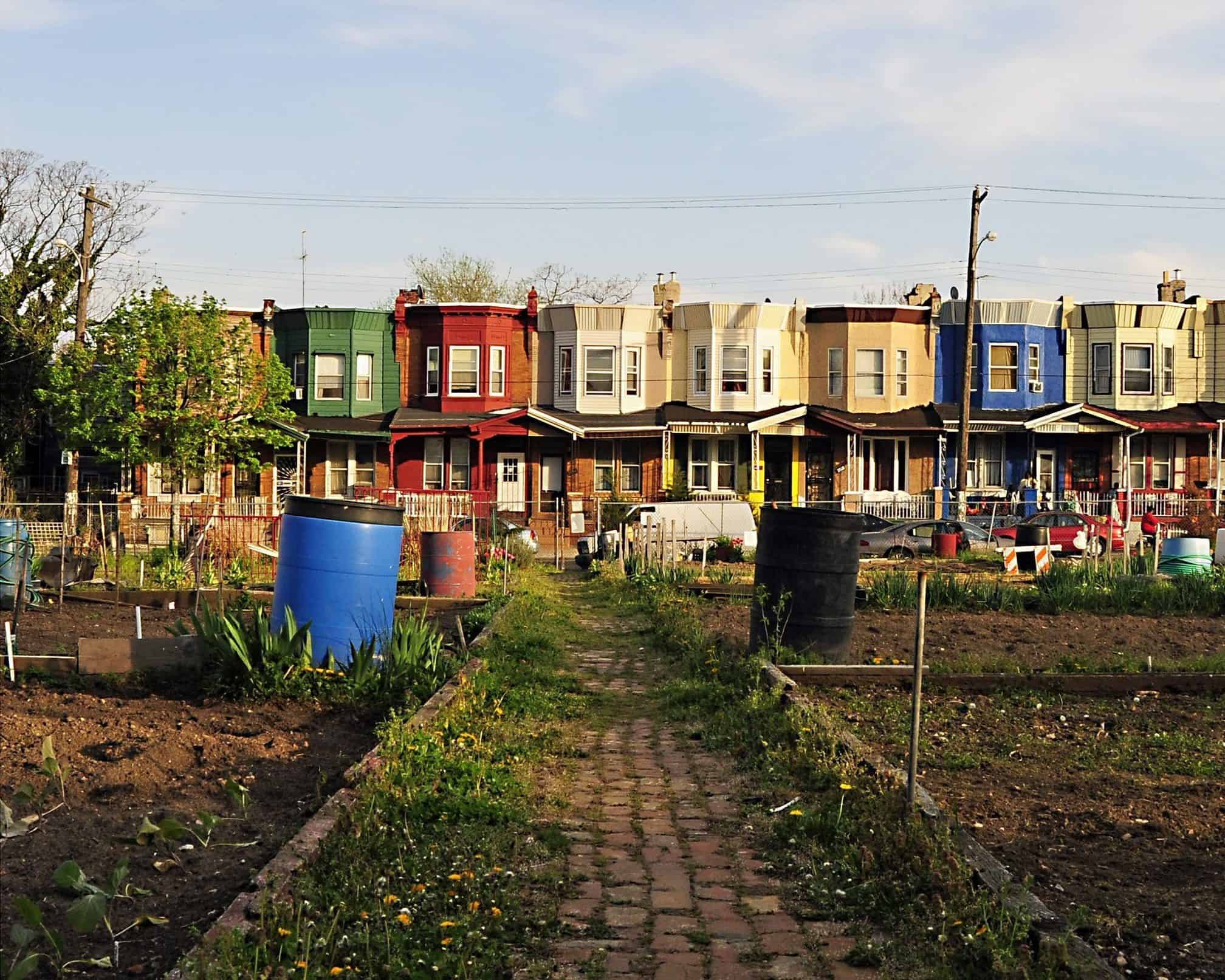Walk into any dining hall at Cornell University and you’ll quickly spot the usual nods to ecological responsibility, like reusable containers and posters about composting. But this campus’s most popular sustainability measure might be the one that you can’t see. Scan the tables and you’ll notice that one hallmark of cafeteria life, the plastic tray, is nowhere to be found.
Trayless dining is a simple proposal: remove trays from cafeterias, and people won’t take as much food as they might have otherwise, resulting in less food waste. Additional benefits include cutting plastics consumption and reducing energy use since trays aren’t being run through a dishwasher. At a time when concerns over food shortages, access to fertilizer, climate change and plastics pollution are at an unparalleled high, this low-tech solution has the ability to pack a serious punch.
As well as the environmental plusses, going tray-free at Cornell has proven highly successful if for no other reason than students don’t seem to mind that something once synonymous with campus dining is now absent.
“I’ve never heard a single request for trays,” says Anna Ben-Shlomo, sustainability coordinator for Cornell University Dining. “The world has moved so past tray dining.”
The idea of trayless dining took off at college campuses in the U.S. a little over a decade ago. By 2009, 42 percent of colleges and universities tracked by the Sustainable Endowments Institute had begun curbing the use of trays in their dining halls. Just three years later, 75 percent of the tracked schools had eliminated trays in some or all of their dining facilities.
“It really gained traction because it’s a low cost, easy change to make,” says Maggie Kraft, waste programs manager for Bon Appétit Management Company, which provides café and catering services to universities, among others.

The wave of data following the introduction of trayless dining proved the effort has real impact. An Aramark Higher Education study found that out of 186,000 meals served at 25 colleges and universities over the course of an academic year, trayless days saw a 25 to 30 percent reduction in food waste per person.
Another experiment, conducted by Kiho Kim and Stevia Morawski of American University’s environmental studies department, found that the average American University student wasted 111 grams of food with trays. Without trays, that figure dropped by 32 percent. Given that American’s all-you-can-eat cafeteria served 3,200 meals a day at the time of the study, Kim and Morawski worked out that going trayless would save 13 tons of food every semester — enough to feed 5,000 people. The outcome of their findings? The university ditched trays for good.
Aramark also found that by eliminating the need to wash trays, trayless dining conserves energy and water, reduces the use of detergents and drying agents, and decreases wastewater discharge. This, in turn, saves institutions money, as does cutting back on food-waste haulage costs and not purchasing the trays themselves.
Ben-Shlomo sums up the benefits for Cornell simply: “Going trayless saved us water, chemicals, money [and] labor.”
As trayless dining increasingly becomes the norm at universities, and the environmental and economic benefits become more widely known, a growing number of other venues are now exploring how they can phase out trays. Bon Appétit Management Company, which supplies offices, museums and sports stadiums in addition to universities, now only provides trays if there’s an accessibility need.
And while it may be a relatively low-scale change to implement, Kraft from Bon Appétit suggests that trayless dining is helping shift catering companies towards more comprehensive investments in sustainable dining.
“It’s an easy switch and it can open up this conversation of ‘how can we do more?’” she says. “Food waste is now much more present in our collective consciousness … I think Covid-19 really brought that to a head in some ways.” With the pandemic shutting down campuses, restaurants, hotels and schools, the public saw a striking increase in institutional food waste.
At Cornell, trayless dining led to the larger sustainable dining efforts on display today, such as composting leftovers and keeping daily logs which allow the school to track food waste decreases over time, all of which are now tied into the university’s broader goal of achieving carbon neutrality.
Benefits of ditching trays aside, it turns out that doing so can have an unexpected impact in terms of the food people choose. A 2015 study found that trayless dining decreased the percentage of diners who took salad by 65.2 percent but did not decrease the percentage who took dessert. Can students have their cake and eat it, too? Yes — just not off a tray.









